Home>Home Maintenance>When Fueling A Boat, When Should You Turn On The Power Ventilation System
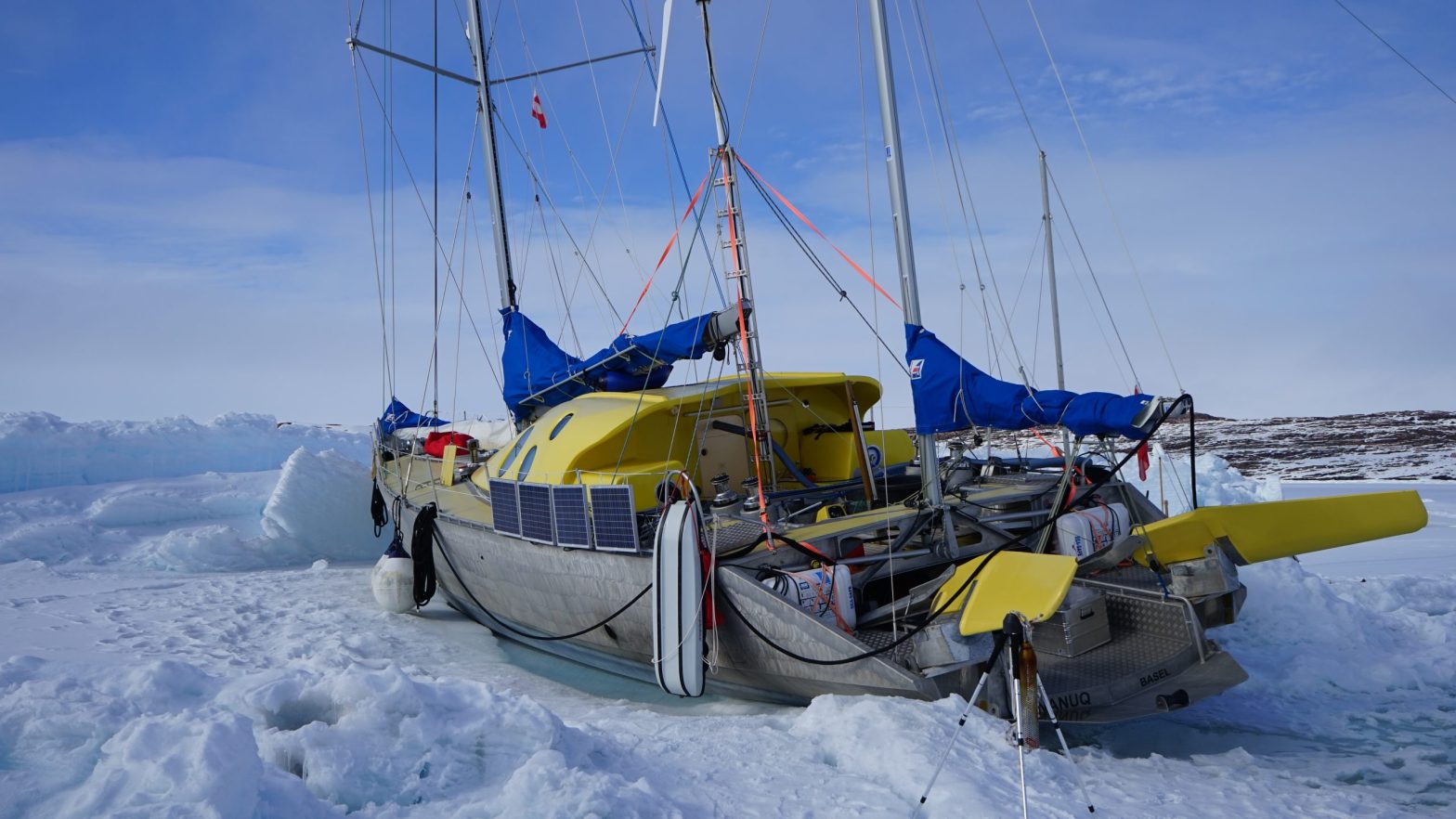

Home Maintenance
When Fueling A Boat, When Should You Turn On The Power Ventilation System
Modified: April 28, 2024
Learn when to turn on the power ventilation system for fueling your boat and ensure safe home maintenance. Expert tips and guidelines at your fingertips.
(Many of the links in this article redirect to a specific reviewed product. Your purchase of these products through affiliate links helps to generate commission for Storables.com, at no extra cost. Learn more)
Introduction
Welcome aboard! Whether you are a seasoned boat owner or a newbie setting sail for the first time, safety should always be your top priority. One crucial aspect of boat safety that often gets overlooked is proper ventilation when fueling. Fueling a boat can be a dangerous task if not done correctly, especially when it comes to managing potentially volatile petroleum fumes. That’s where a power ventilation system comes into play.
In this article, we will delve into the world of power ventilation systems and discuss their significance in ensuring a safe fueling process for your beloved vessel. We will explore the core principles of fueling a boat safely and provide you with essential guidance on when and how to utilize a power ventilation system effectively. So, let’s set sail on this informative journey!
Key Takeaways:
- Proper ventilation is crucial when fueling a boat to prevent explosions, health hazards, and environmental impact. Power ventilation systems play a critical role in removing volatile fumes and ensuring a safe fueling process.
- Following core principles and best practices for fueling a boat, including utilizing power ventilation systems effectively, can minimize risks, protect the environment, and ensure a worry-free boating experience.
Read more: When Should You Turn On The Power Ventilation System To Help Eliminate Fuel Vapors In The Bilge?
Understanding Power Ventilation Systems
Before diving into the importance of power ventilation systems during boat fueling, let’s first understand what these systems are and how they function. A power ventilation system is designed to remove volatile fumes, such as gasoline vapors, from the enclosed space of the boat’s fueling area.
These systems typically consist of a ventilation fan or blower, strategically installed in the fueling area to create airflow. The fan draws in fresh air from the outside and blows out the potentially hazardous fumes, ensuring a safe and well-ventilated environment during the fueling process.
Power ventilation systems can be powered by a boat’s electrical system, and they are commonly found in fuel compartments, bilges, and other enclosed spaces where fuel vapors tend to accumulate. It is essential to keep these systems in proper working condition and ensure they are turned on when needed, especially during fueling.
Now that we have a basic understanding of power ventilation systems let’s discover why they play a critical role in maintaining safety during boat fueling.
Importance of Proper Ventilation
Proper ventilation is paramount when fueling a boat to prevent the build-up of volatile fumes that can lead to potentially hazardous situations. Here are a few reasons why proper ventilation should never be overlooked:
- Explosive Hazard Mitigation: When fueling a boat, volatile fumes from gasoline and other flammable materials can accumulate in the fueling area. These fumes can create an explosive atmosphere if not properly ventilated. By using a power ventilation system, you can effectively remove these volatile fumes, minimizing the risk of explosions or fires.
- Health Protection: Inhalation of fuel vapors can be harmful to your health. Short-term exposure can cause dizziness, nausea, and headaches, while prolonged exposure may lead to more severe health issues. Proper ventilation helps eliminate these harmful fumes, protecting both you and your crew during the fueling process.
- Compliance with Regulations: Many boating regulations mandate the use of power ventilation systems during fueling to ensure safety. It is essential to familiarize yourself with the boating regulations in your area and adhere to them diligently to avoid any legal repercussions.
- Preventing Fuel Spillage: Ventilation systems not only remove fumes but also help prevent fuel spillage during the fueling process. This is especially crucial when handling large quantities of fuel. Adequate ventilation reduces the likelihood of fuel spills, which not only minimizes the environmental impact but also ensures the safety of those on board.
Now that we understand the importance of proper ventilation during boat fueling, let’s explore the factors you should consider when fueling your boat to ensure a safe and efficient process.
Factors to Consider When Fueling a Boat
Fueling your boat may seem like a simple task, but it requires careful consideration and adherence to a few essential factors to ensure safety. Here are some key factors to keep in mind before and during the fueling process:
- Choose the Right Fuel: Before fueling, make sure you are using the correct type of fuel for your boat’s engine. Consult your boat’s manufacturer or refer to the owner’s manual to determine the appropriate fuel type and octane rating.
- Select a Safe Fueling Location: When choosing a fueling location, opt for areas specifically designated for boat fueling. These locations should have proper safety protocols, ventilation systems, and spill containment measures in place.
- Turn Off All Ignition Sources: Before starting the fueling process, turn off all sources of ignition, including the engine, electrical equipment, and any open flames. This step helps prevent accidental ignition of fuel vapors.
- Check for Leaks and Damage: Inspect your fuel system for any leaks or damage, paying close attention to fuel lines, connections, and the fuel tank itself. Address any issues before fueling to avoid potential accidents or fuel spills.
- Ground Yourself: To avoid static electricity discharge, it is crucial to ground yourself by touching a metal surface on the boat before handling the fuel nozzle. Static electricity can potentially ignite fuel vapors, leading to accidents.
- Use Approved Containers: Only use approved fuel containers to store and transport fuel. These containers are specifically designed for safety and can help prevent leaks, spills, and the risk of fires or explosions.
- Observe Capacity Limits: Never overfill the fuel tank. Leave some room for fuel expansion, particularly if the boat will be exposed to heat or temperature fluctuations during use. Overfilling can lead to fuel leakage or damage to the fuel system.
- Dispose of Waste Properly: Dispose of any waste fuel or oil in designated waste disposal areas. Improper disposal can harm the environment and may lead to penalties or legal consequences.
By considering these factors and following proper fueling practices, you can significantly reduce the risks associated with fueling your boat and ensure a safer boating experience for everyone on board. Now, let’s explore the role power ventilation systems play in maintaining a safe fueling process.
The Role of Power Ventilation Systems
Power ventilation systems play a crucial role in maintaining a safe fueling process for your boat. Let’s dive deeper into their significance and how they contribute to a well-ventilated and secure environment:
1. Removal of Volatile Fumes: The primary function of power ventilation systems is to effectively remove volatile fumes, such as gasoline vapors, from the boat’s fueling area. By creating a continuous flow of fresh air, these systems efficiently push out the potentially hazardous fumes, ensuring a safe working environment.
2. Prevention of Explosions and Fires: By removing volatile fumes, power ventilation systems help minimize the risk of explosions and fires during the fueling process. When gasoline or other flammable materials come into contact with open flames or sparks, they can ignite and cause catastrophic accidents. Proper ventilation mitigates this risk by decreasing the concentration of fuel vapors in the air.
3. Health and Safety Protection: In addition to preventing explosions and fires, power ventilation systems safeguard the health and well-being of those on board. Inhalation of fuel vapors can cause dizziness, nausea, and other health issues. By rapidly evacuating these fumes, ventilation systems help protect boaters from potential harm.
4. Compliance with Safety Regulations: Many boating safety regulations require the use of power ventilation systems or specify ventilation requirements during fueling operations. Complying with these regulations not only ensures the safety of everyone on board but also helps you avoid any legal ramifications.
5. Environmental Protection: Power ventilation systems also contribute to environmental protection by minimizing the release of fuel vapors into the air or water. Controlling the dispersion of fumes during fueling reduces the impact on the surrounding ecosystem and helps preserve the natural environment for future generations.
To ensure maximum effectiveness, it is crucial to regularly inspect and maintain your power ventilation system. Regularly check the system for any malfunctioning components or obstructions, and promptly address any issues to ensure proper ventilation during fueling.
Now that we understand the role of power ventilation systems, let’s explore the core principles of safely fueling a boat and the best practices for utilizing these systems effectively.
Always turn on the power ventilation system before fueling a boat. This will help to remove any built-up fumes and reduce the risk of fire or explosion.
Read more: When Should You Replace HVAC System
Core Principles of Fueling a Boat Safely
Fueling your boat safely requires following a set of core principles to ensure the well-being of both yourself and your vessel. By adhering to these principles, you can significantly reduce the risk of accidents and maintain a safe boating experience. Let’s explore these core principles in detail:
1. Preparation: Before fueling, ensure you have all the necessary equipment and materials readily accessible. This includes a properly functioning power ventilation system, appropriate fuel containers, and any personal protective equipment, such as gloves and safety glasses.
2. Turn Off Engines and Electrical Systems: Before beginning the fueling process, always turn off all engines, electrical systems, and any other potential sources of ignition. It is crucial to eliminate the risk of sparks or flames that could ignite fuel vapors during the fueling process.
3. Maintain a Clear Fueling Area: Clear any unnecessary clutter or combustible materials from the fueling area to reduce the risk of accidents. Keep bystanders and pets at a safe distance, ensuring they do not interfere with the fueling process.
4. Use the Appropriate Fuel Nozzle: Select a fuel nozzle that is compatible with your boat’s fuel inlet. Choose a nozzle that fits securely and minimizes the risk of fuel spillage or leaks during the fueling process.
5. Monitor Spill Containment: While fueling, keep a close eye on the fuel level to prevent overfilling. Ensure that any spill containment devices, such as absorbent pads or fuel spill kits, are readily available to quickly respond to any fuel spills.
6. Avoid Overfilling: Fill the fuel tank to the manufacturer’s recommended level and avoid overfilling. Overfilling can lead to fuel spills, fuel system damage, and potentially compromise the effectiveness of the power ventilation system.
7. Monitor Fueling Process: Stay attentive throughout the fueling process. Avoid distractions and continuously monitor the fuel intake to prevent spills or overflows. If you notice any irregularities or issues, promptly address them to avoid any potential hazards.
8. Properly Secure Fuel Containers: Ensure that fuel containers are properly sealed and securely stored when not in use. This prevents fuel leakage and eliminates the risk of accidental spills or fire hazards.
9. Dispose of Fuel Waste Responsibly: Dispose of any waste fuel, such as old gasoline or used engine oil, in designated disposal areas. Improper disposal can harm the environment and pose a safety risk. Follow local regulations and guidelines for safe disposal practices.
10. Regular Maintenance: Regularly inspect and maintain your fuel system, including the power ventilation system, fuel lines, and connections. Address any issues promptly to ensure proper functionality and prevent potential fueling accidents.
By following these core principles of safe fueling, you can minimize the risk of accidents, protect the environment, and enjoy a worry-free boating experience. Now, let’s explore the best practices for utilizing power ventilation systems effectively during the fueling process.
Best Practices for Power Ventilation System Usage
Proper usage of power ventilation systems is essential to ensure the effectiveness of the system and maintain a safe fueling environment. Here are some best practices to follow when utilizing a power ventilation system:
1. Familiarize Yourself with the System: Take the time to read the manufacturer’s instructions and understand how your power ventilation system operates. Familiarize yourself with its controls, switches, and any safety features it may have.
2. Turn on the Ventilation System: Before you start fueling, ensure that the power ventilation system is turned on and functioning properly. The ventilation fan or blower should be running, creating air movement to remove volatile fumes from the fueling area.
3. Position the Ventilation System Correctly: Place the ventilation fan or blower in a suitable location within the fueling area to maximize its effectiveness. Ensure that it is not obstructed and that air can freely circulate throughout the space.
4. Allow Sufficient Ventilation Time: Give the power ventilation system enough time to remove the volatile fumes from the fueling area before starting to pump fuel. Depending on the size of the space and the amount of fumes present, this may take a few minutes.
5. Continuously Monitor the System: Keep an eye on the power ventilation system throughout the fueling process. Make sure it is running smoothly and effectively removing fumes. If you notice any issues or a decrease in ventilation performance, address them immediately.
6. Avoid Unnecessary Delays: Once you start the fueling process, try to minimize delays or interruptions that could cause the fumes to linger in the fueling area. Efficiently and safely complete the fueling process to reduce the risk of fume build-up.
7. Turn Off the Ventilation System: After you finish fueling, allow the power ventilation system to run for a few minutes to remove any remaining fumes from the fueling area. Then, turn off the ventilation system to conserve energy and prevent unnecessary wear and tear.
8. Regularly Maintain the System: Conduct regular inspections and maintenance of your power ventilation system. Clean or replace filters as needed, and ensure that all components are in good working condition. This will help maximize the system’s efficiency and longevity.
9. Follow Manufacturer’s Recommendations: Always follow the manufacturer’s recommendations and guidelines regarding the usage and maintenance of your power ventilation system. They are the experts and can provide specific instructions tailored to your system’s make and model.
10. Stay Informed about Safety Regulations: Keep yourself updated on the safety regulations and requirements for power ventilation systems in your area. Compliance with these regulations not only ensures your safety but also keeps you in good standing with relevant authorities.
By following these best practices for power ventilation system usage, you can optimize the safety and effectiveness of your ventilation system during the boat fueling process. Now, let’s move on to the step-by-step instructions for fueling a boat safely.
Steps to Follow When Fueling a Boat
Fueling your boat correctly and safely is crucial to maintain the integrity of your vessel and ensure the safety of everyone on board. Follow these step-by-step instructions to guide you through the fueling process:
1. Choose a Well-Ventilated Fueling Area: Select a fueling location that offers proper ventilation, preferably one with a dedicated boat fueling area. This ensures a well-ventilated environment and minimizes the risk of fume build-up.
2. Prepare the Power Ventilation System: Ensure that the power ventilation system is turned on and functioning before you start fueling. The ventilation fan or blower should be running to remove any volatile fumes from the fueling area.
3. Turn Off All Ignition Sources: Prior to fueling, turn off all engines, electrical systems, and any potential sources of ignition. This includes extinguishing any open flames or cigarettes. Eliminating ignition sources reduces the risk of fuel vapors igniting.
4. Ground Yourself: Ground yourself by touching a metal surface on the boat to discharge any static electricity before handling the fuel nozzle. This helps prevent sparks that could ignite fuel vapors.
5. Position the Fuel Nozzle: Insert the fuel nozzle securely into the boat’s fuel inlet. Ensure a proper fit to prevent fuel spills or leaks during the fueling process.
6. Begin Fueling at a Slow Pace: Start fueling at a slow pace to allow any air in the fuel tank to escape and minimize the risk of fuel splashing out. Avoid overfilling the tank by monitoring the fuel level closely.
7. Monitor the Fuel Intake: Continuously monitor the fuel intake to prevent spillage or overflows. Be attentive and responsive to any indications of fuel reaching the fill level of the tank.
8. Avoid Overfilling: Fill the fuel tank to the manufacturer’s recommended level. Overfilling can lead to fuel spillage, fuel system damage, and compromise the effectiveness of the power ventilation system.
9. Safely Stow Fuel Containers: Securely stow fuel containers away from the fueling area once they are empty. Ensure the containers are properly sealed to prevent any leaks or spills.
10. Clean up any Fuel Spills: If any fuel spills occur during the fueling process, immediately address them using appropriate absorbent materials. Dispose of the used materials in designated waste containers.
11. Turn off the Power Ventilation System: Once you have completed the fueling process and ensured that there are no fuel vapors remaining, turn off the power ventilation system to conserve energy and prevent unnecessary wear and tear.
12. Wash Your Hands: After fueling, wash your hands thoroughly with soap and water to remove any fuel residue. This helps prevent potential skin irritation and accidental ingestion of fuel.
By following these steps when fueling your boat, you can ensure a safe and efficient process, minimizing the risk of accidents and maintaining a well-ventilated environment. Now, let’s discuss the potential risks of incorrect ventilation during the fueling process.
Potential Risks of Incorrect Ventilation
Incorrect ventilation during the fueling process of a boat can pose several risks that can compromise safety. It is crucial to be aware of these risks and take preventive measures to avoid them. Here are some potential risks associated with incorrect ventilation:
1. Fire and Explosions: The accumulation of volatile fuel vapors in a poorly ventilated area can create an explosive atmosphere. Even a small spark or ignition source can lead to a fire or explosion, causing severe damage to the boat and potentially endangering the lives of those on board.
2. Health Hazards: Inadequate ventilation can result in the inhalation of fuel vapors, which can have adverse health effects. Fuel vapors contain harmful substances that can cause dizziness, nausea, headaches, and respiratory issues. Prolonged exposure to these vapors can lead to more serious health problems.
3. Fuel Spillage: Without proper ventilation, fuel spills are more likely to occur during the fueling process. Fuel spills not only create a hazardous environment but also have the potential to harm the ecosystem and water bodies. Fuel contamination can have long-lasting detrimental effects on marine life and the surrounding environment.
4. Environmental Impact: Poor ventilation can lead to increased emissions of fuel vapors into the atmosphere. These vapors contribute to air pollution and can have a negative impact on the environment. It is our responsibility as boaters to minimize our carbon footprint and protect the natural world we enjoy.
5. Legal Consequences: Failure to follow safety regulations regarding ventilation during fueling may lead to legal consequences. Many boating regulations require the use of proper ventilation systems to ensure safety. Non-compliance can result in fines, penalties, or restrictions on boating activities.
6. Compromise of Equipment: Incorrect ventilation practices can also lead to damage of the boat’s equipment. Fuel vapors can corrode electrical components and other sensitive systems, leading to malfunctions and costly repairs.
These potential risks highlight the importance of proper ventilation during boat fueling. It is essential to prioritize safety, follow guidelines, and use power ventilation systems effectively to mitigate these risks and ensure a smooth and safe boating experience.
Now that we have explored the potential risks of incorrect ventilation, let’s conclude our discussion and emphasize the significance of proper ventilation during the fueling process.
Read more: When Should You Turn Air Conditioning On
Conclusion
When it comes to fueling a boat, ensuring proper ventilation is essential for maintaining a safe and secure environment. Power ventilation systems play a critical role in removing volatile fumes, reducing the risk of explosions, fires, and health hazards. By following the core principles of safe fueling and utilizing power ventilation systems effectively, you can significantly minimize the potential risks associated with fueling your boat.
Remember to choose the right fuel, select a well-ventilated fueling location, and turn off all ignition sources before starting the fueling process. Ground yourself, use approved fuel containers, and stay attentive throughout the fueling process to prevent spills and accidents. Moreover, maintain and regularly inspect your power ventilation system to ensure its optimal functioning.
By adhering to best practices and taking these precautions, you not only protect yourself and your passengers from harm but also contribute to the preservation of the environment. Responsible fueling practices help reduce pollution and ensure compliance with safety regulations, thus maintaining a positive boating experience for everyone.
As you embark on your next boating adventure, make sure to prioritize safety and implement proper ventilation when fueling your vessel. By doing so, you can enjoy peace of mind, knowing that you have taken the necessary precautions to protect yourself, your boat, and the environment.
So, take the time to understand your power ventilation system, follow the steps outlined in this article, and fuel your boat safely each time. Happy and safe sailing!
Frequently Asked Questions about When Fueling A Boat, When Should You Turn On The Power Ventilation System
Was this page helpful?
At Storables.com, we guarantee accurate and reliable information. Our content, validated by Expert Board Contributors, is crafted following stringent Editorial Policies. We're committed to providing you with well-researched, expert-backed insights for all your informational needs.
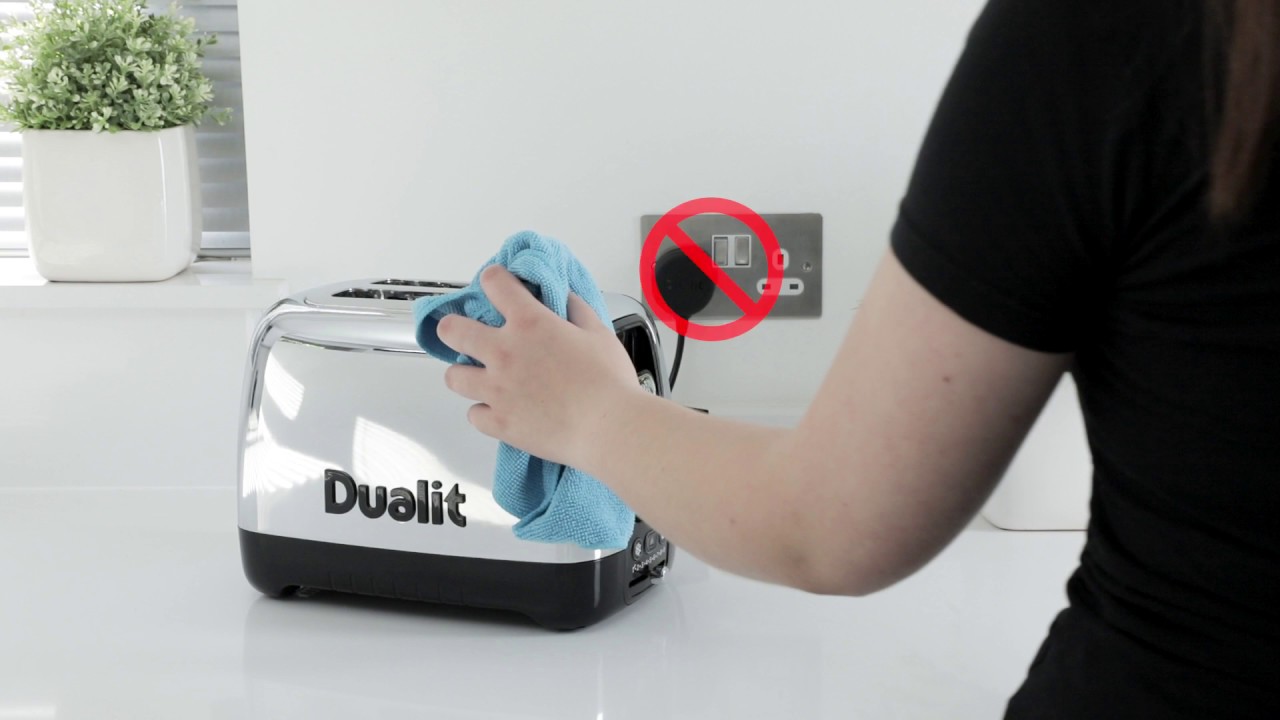
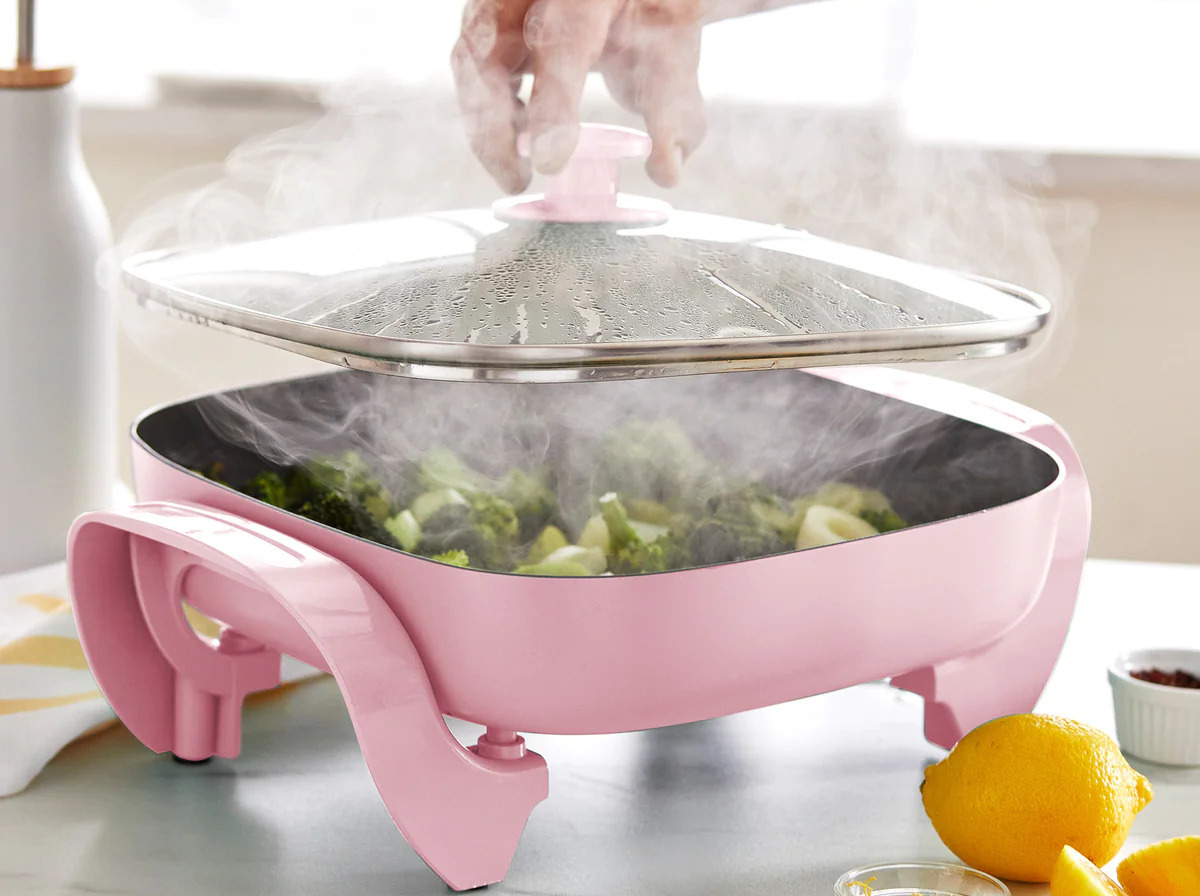
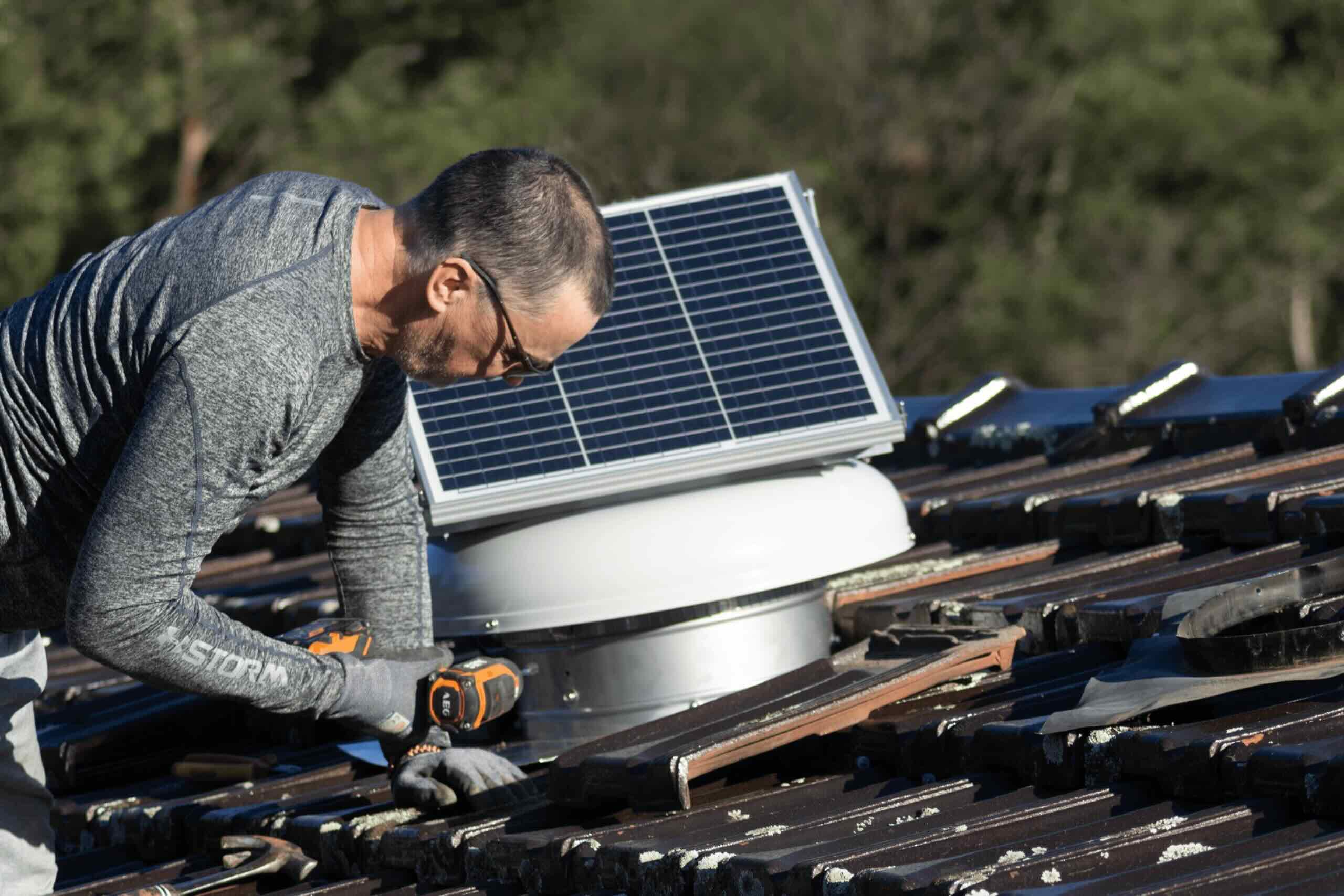
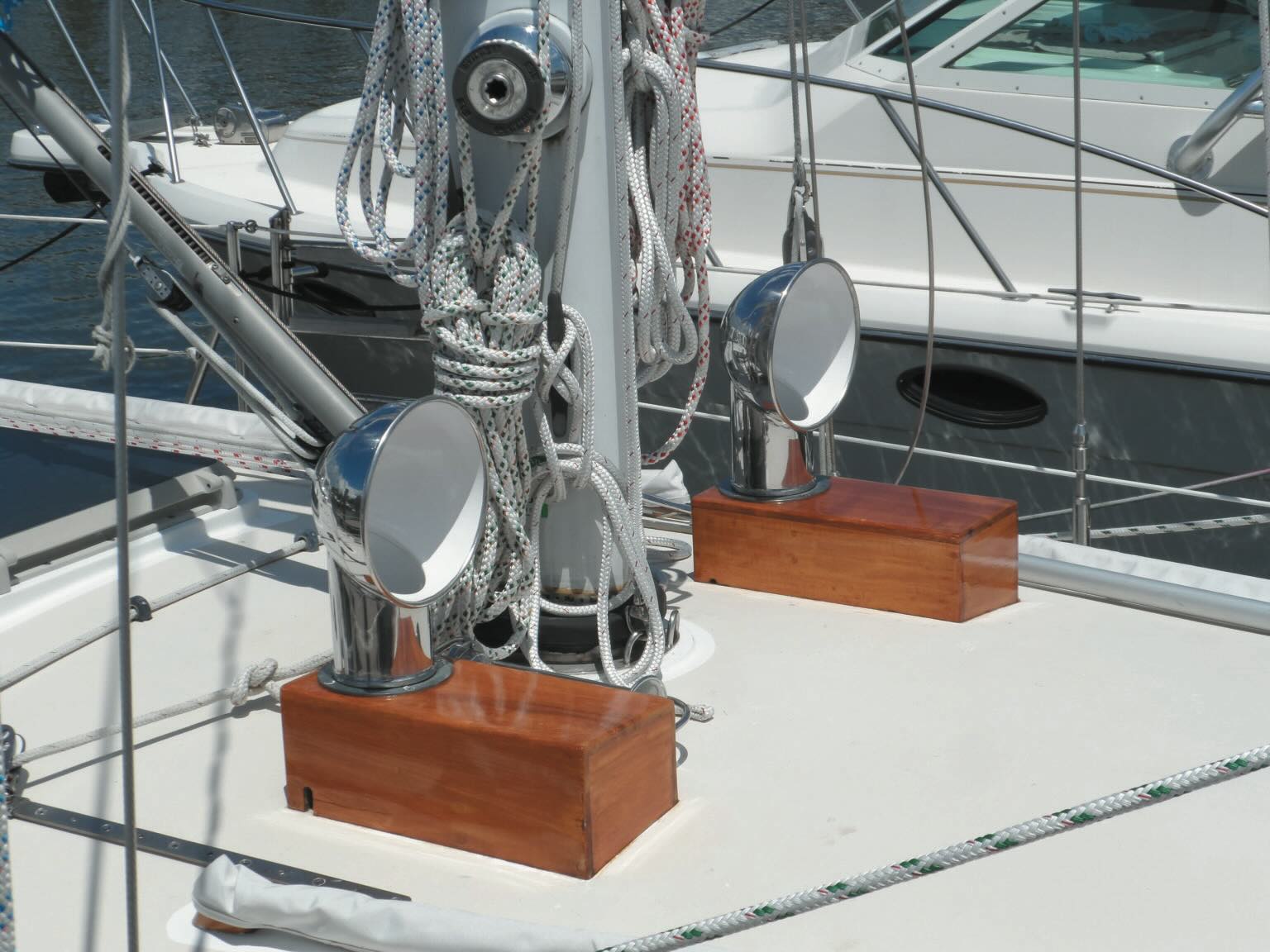
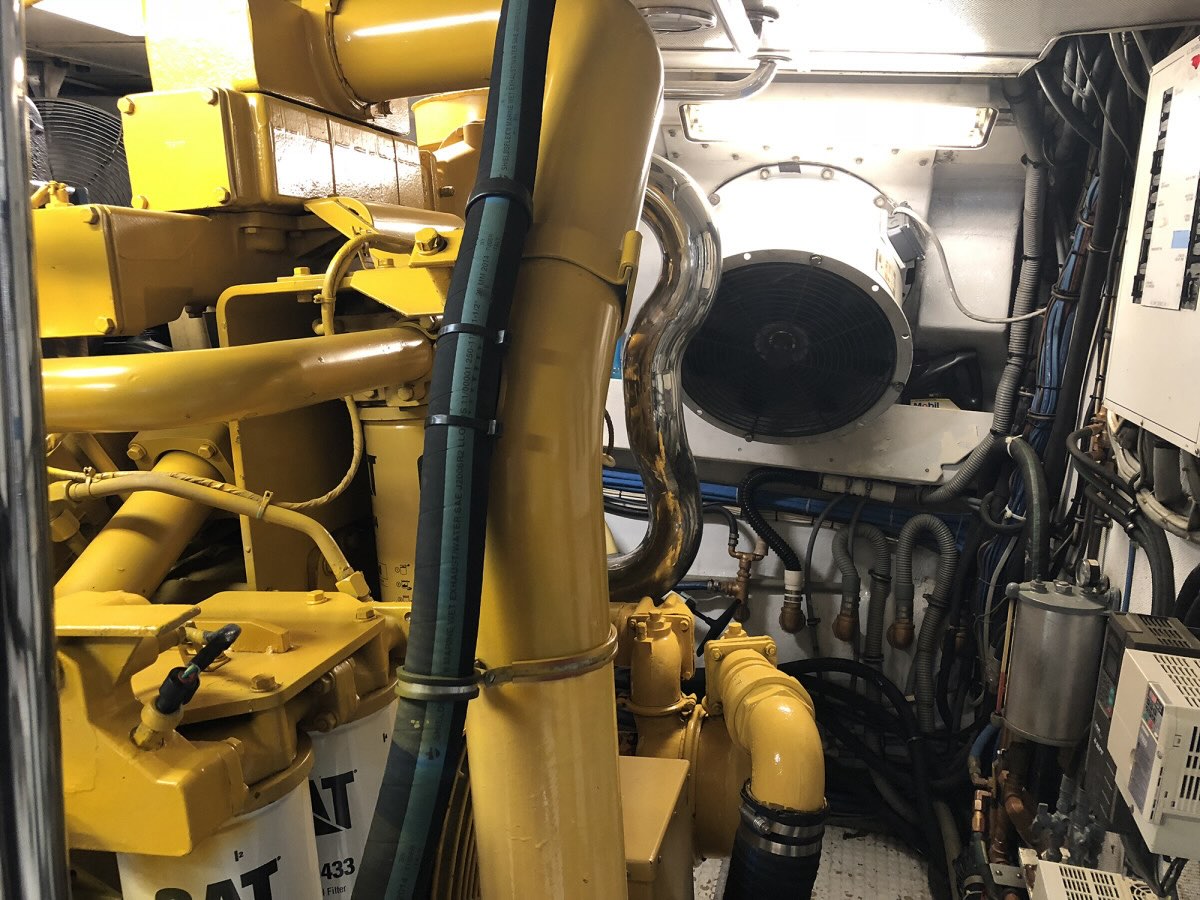
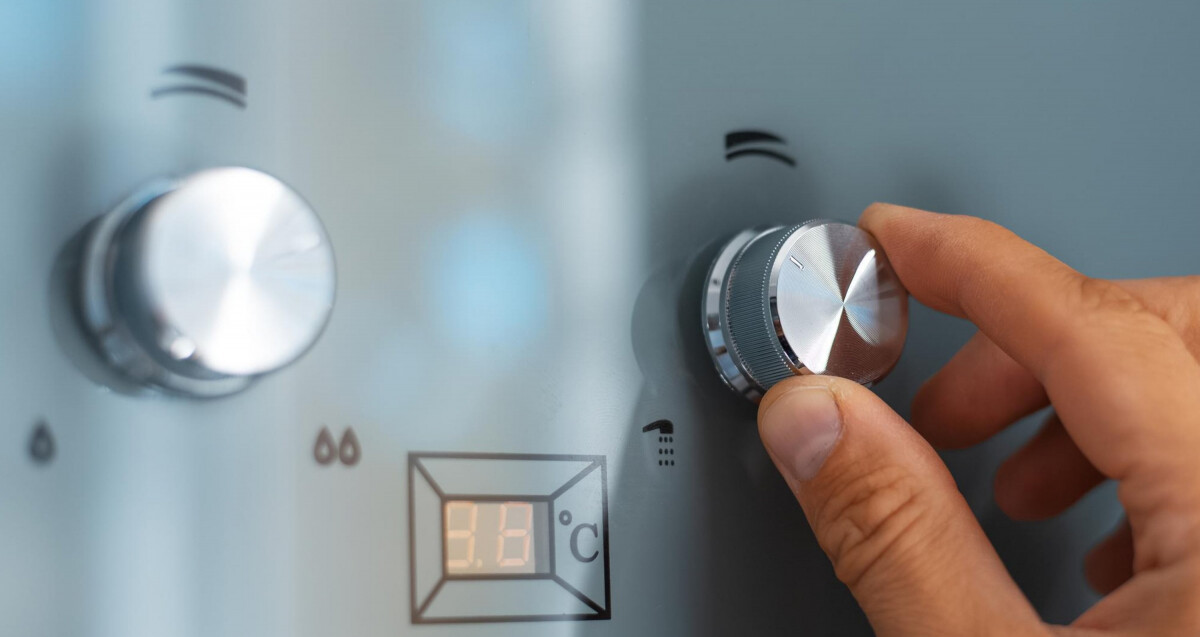
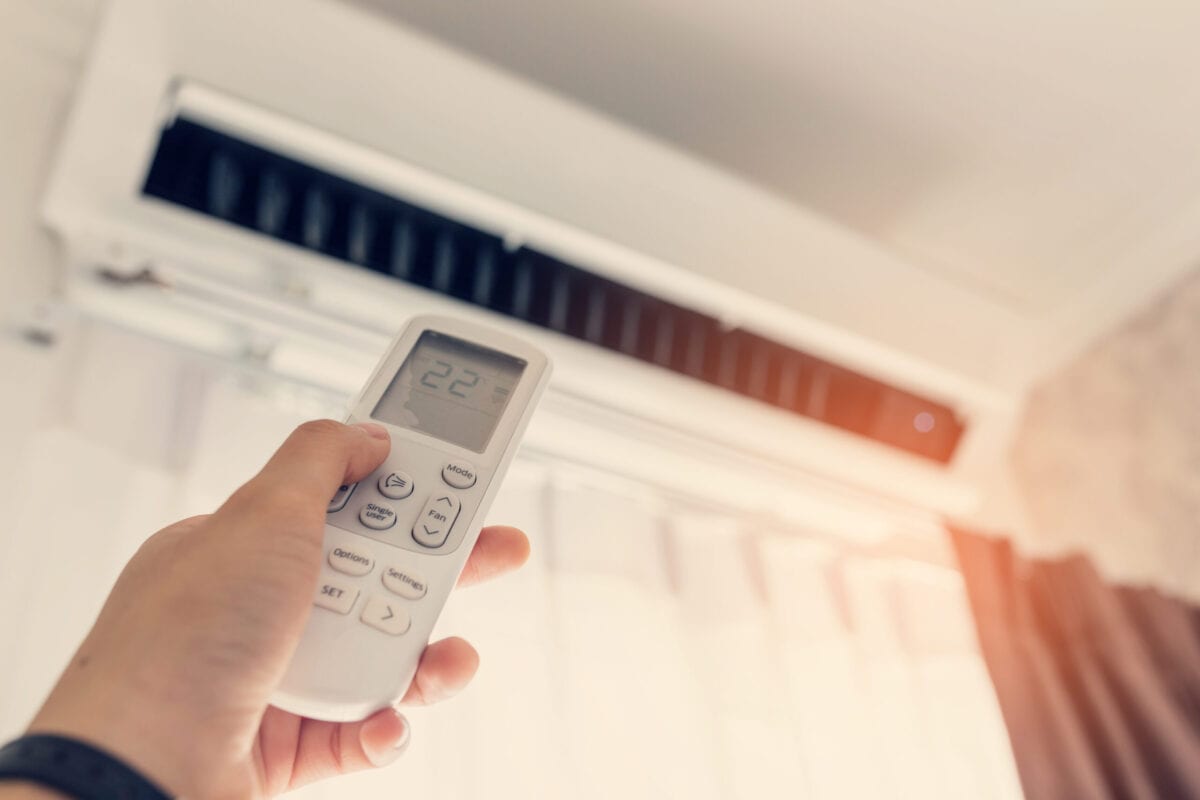

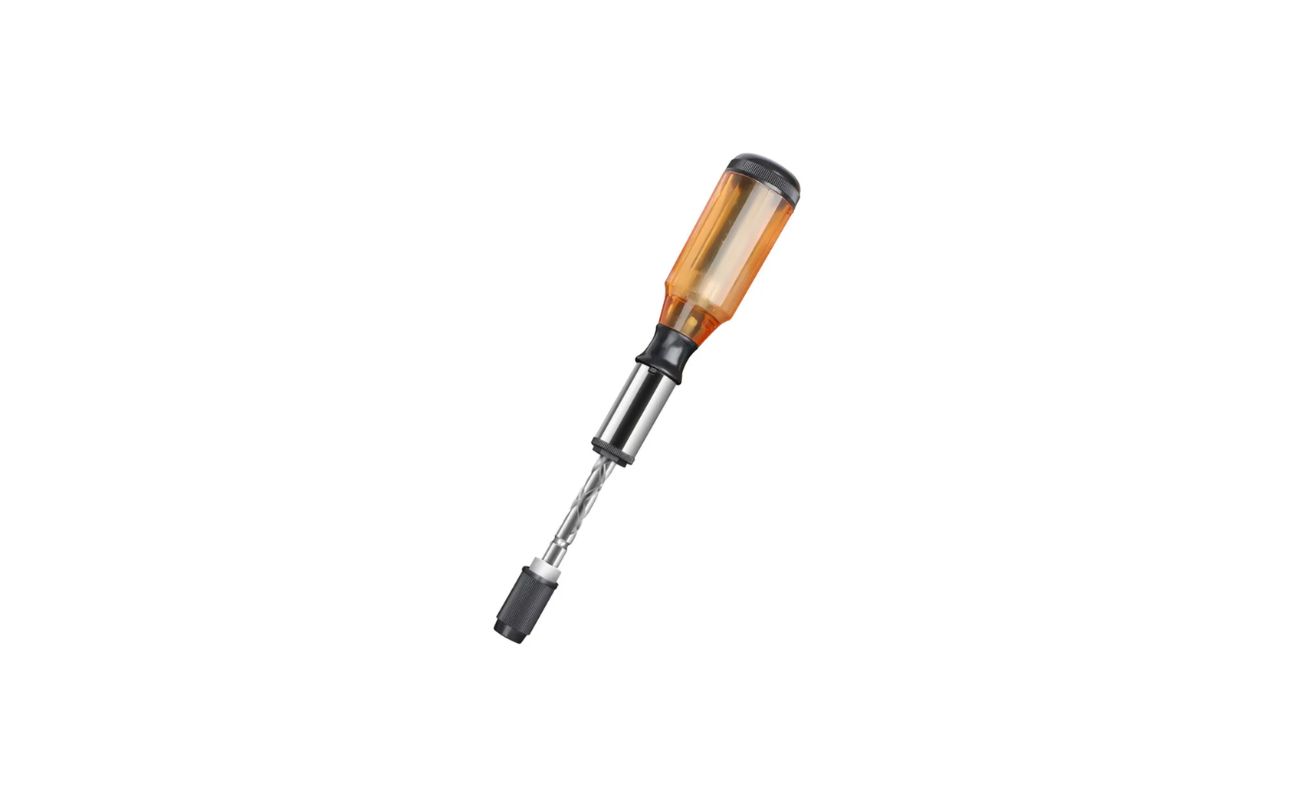
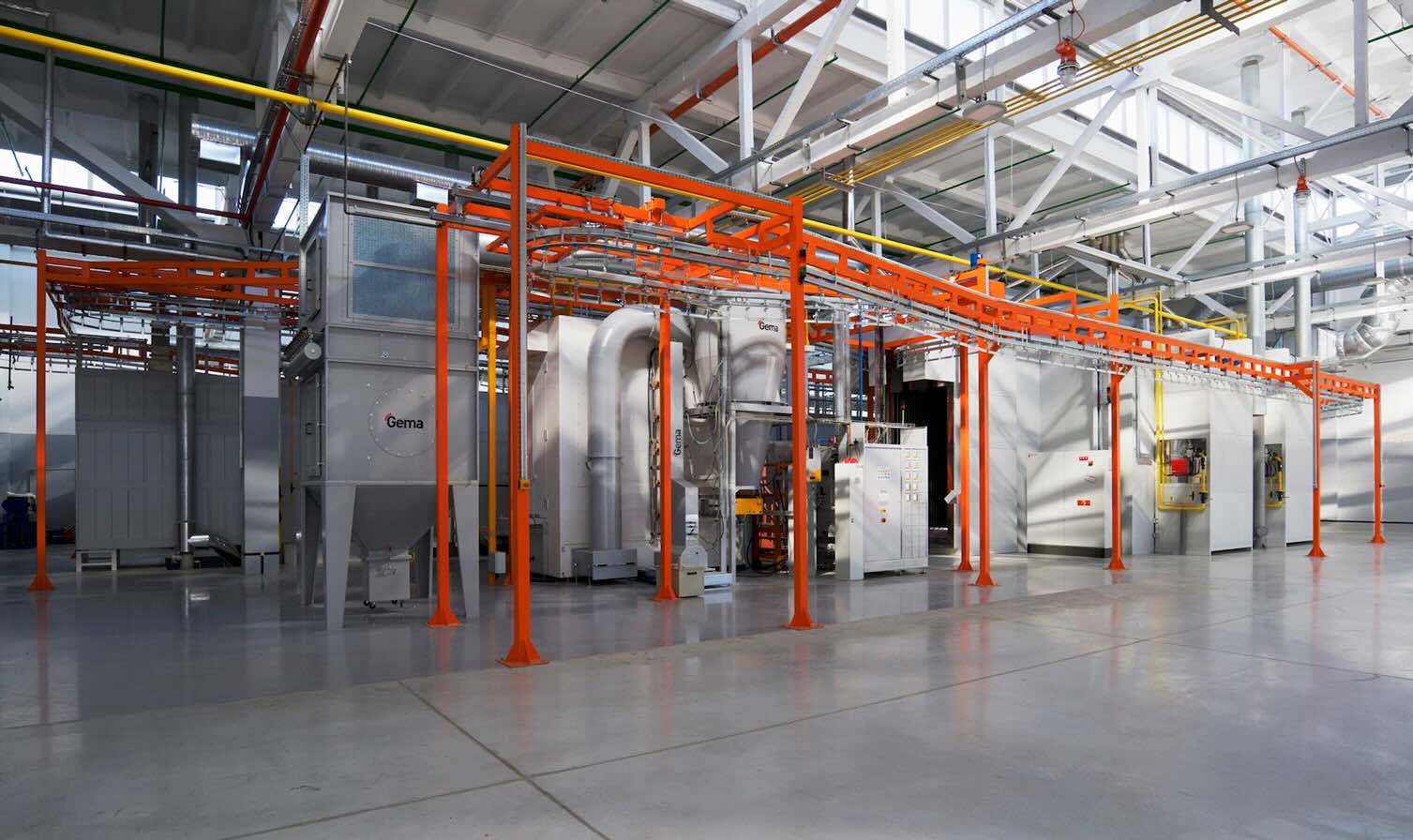
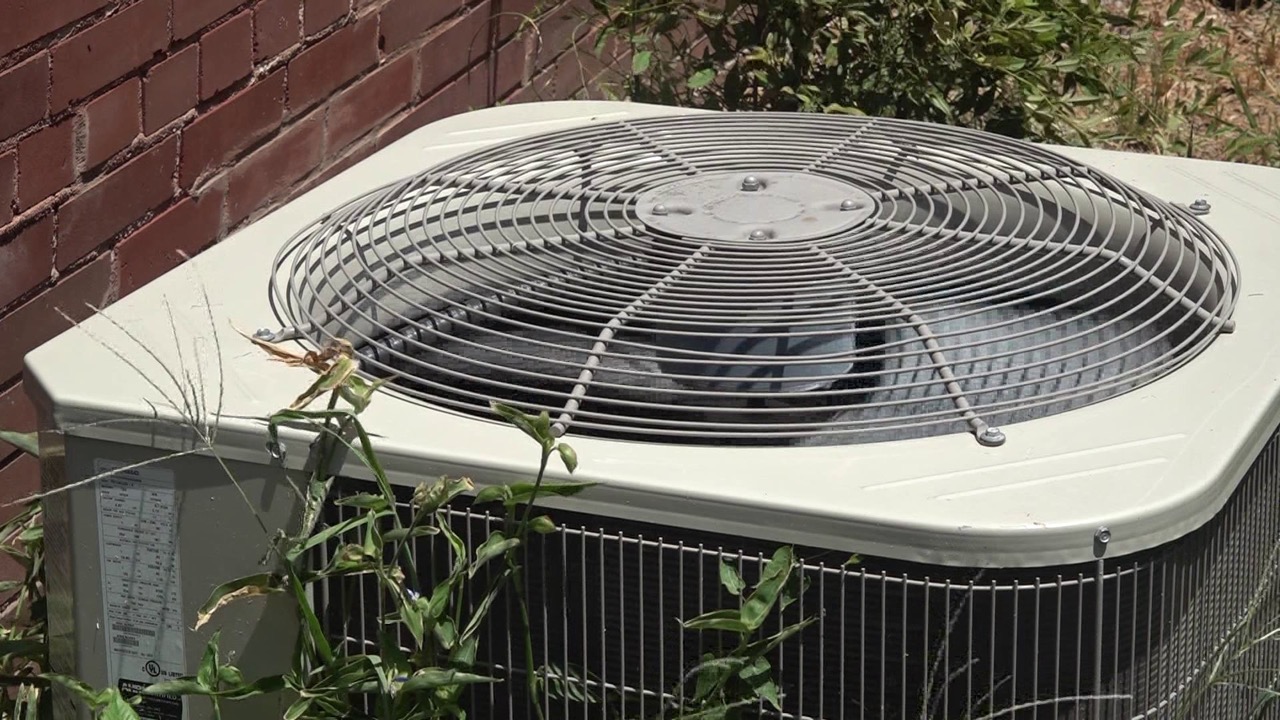



0 thoughts on “When Fueling A Boat, When Should You Turn On The Power Ventilation System”